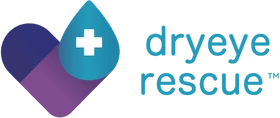List of Services
-
List Item 1 Write a description for this list item and include information that will interest site visitors. For example, you may want to describe a team member's experience, what makes a product special, or a unique service that you offer.
Item Link List Item 1 -
List Item 2 Write a description for this list item and include information that will interest site visitors. For example, you may want to describe a team member's experience, what makes a product special, or a unique service that you offer.
Item Link List Item 2 -
List Item 3 Write a description for this list item and include information that will interest site visitors. For example, you may want to describe a team member's experience, what makes a product special, or a unique service that you offer.
Item Link List Item 3 -
List Item 4 Write a description for this list item and include information that will interest site visitors. For example, you may want to describe a team member's experience, what makes a product special, or a unique service that you offer.
Item Link List Item 4
The Importance of Early Detection and Treatment of Vision Problems
Eye examinations for infants and children are essential, but parents often must be made aware of when to make that first appointment. Amblyopia, also known as lazy eye, can cause permanent, irreversible vision loss if not diagnosed and treated at a young age. Strabismus, or crossed eye, is also best corrected at an early age. One in four school-age children has an undiagnosed vision problem that interferes with learning. Children may receive vision screenings, but these are not substitutes for a comprehensive eye examination by a doctor of optometry.
A newborn's visual system is newborn's, and change occurs rapidly during infancy and early childhood. Certain developmental milestones should be reached by 6 months of age, and this is the recommended time for a child's first eye examination. The child's vision, eye muscle coordination, and eye health should be evaluated to ensure continued good vision development.
The American Optometric Association and Johnson and Johnson Vision Care. Inc. recently launched an infant public health program in which optometric eye and vision care is integral to infant wellness care. Under this program, a comprehensive eye examination within the first year of life will be provided as a no-cost public health service.
Dr. Joshua Hanske, Dr. Alicia Archibald-Swanson, Dr. Taylor Swanson, and Dr. Michael Monda now provide these no-cost assessments. When you call to schedule your baby's appointment, identify the baby's InfantSEE assessment.
Age 3 is a time in development when lazy eye, eye muscle alignment, power abnormalities of the eye, and ocular health again should be assessed. New examination techniques and equipment allow a comprehensive eye examination at this age. When specific eye problems are identified and treated, the younger a child is, the better the chances of a successful outcome.
First grade means new friends, new teachers, and the beginning of a lifetime of learning. Up-to-date vaccinations, a physical by a primary care physician, a visit to the dentist, and a comprehensive eye exam should all be scheduled before that first day of school. Eyes can change quickly, and children may not complain of problems because they do not realize how they should see. Please help your child reach their full learning potential by making an eye examination part of their back-to-school ritual.
Links to more information on children's vision:
www.aoa.orchildren'santsee.com
Phone: (218) 829-0946 | (800) 450-2020
Fax: (218) 829-1279
Address: 506 Laurel Street - Brainerd, MN 56401
Memberships: American Optometric Association


